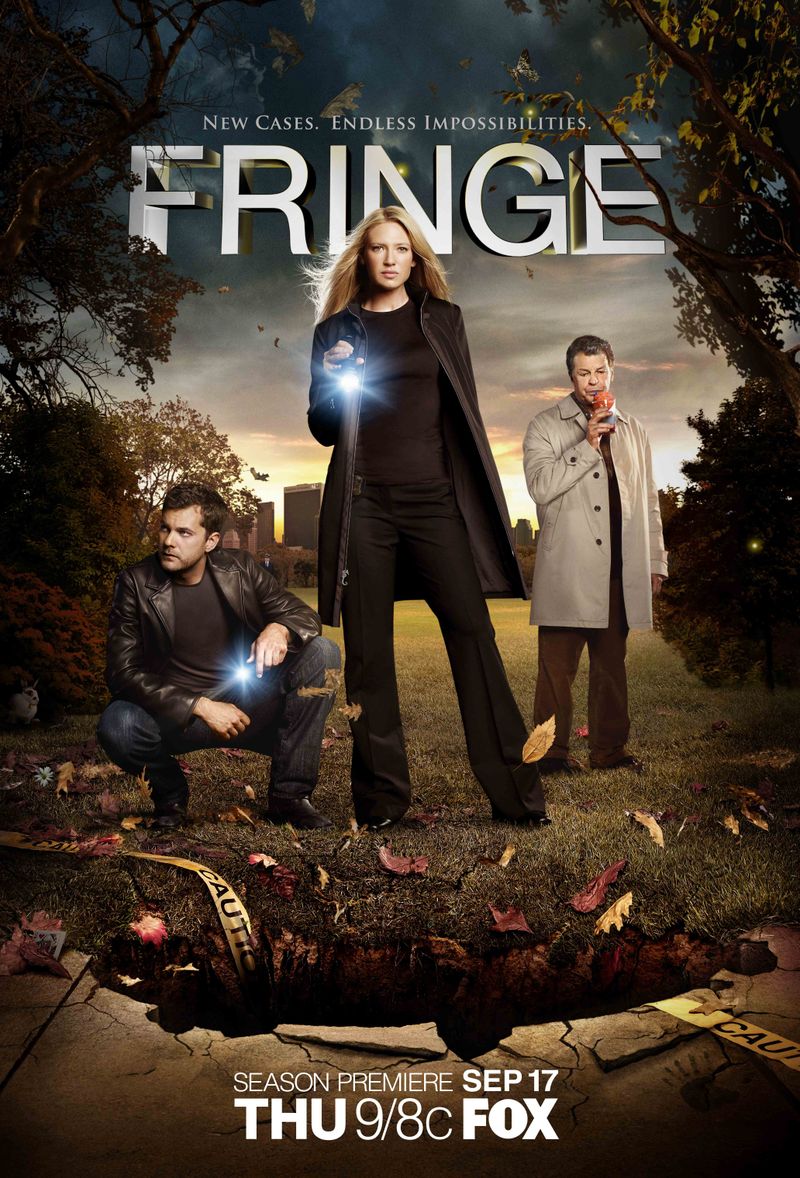Sony’s Japan Studio VP Yasuhide Kobayashi let loose a few details at this week’s DICE Summit Asia regarding the critically-acclaimed ICO and hotly-anticipated third game in the trilogy, The Last Guardian.
From GI.biz:
ICO sold about 270,000 units in the US, but Kobayashi explained his belief that it could have performed better: “If the packaging was designed differently, we think it would have sold more – in fact on the internet many people have said that the Japanese version was better.”
And it was then that he referred to the ICO team’s latest project, The Last Guardian, and revealed that the name of the game was selected specifically to appeal to the North American and European markets.
Is Kobayashi giving just a little too much credence to the box art? ICO is considered by many a classic, and the Japanese box art that accompanied it doesn’t look like it would have given it any better a shot in America.
As for The Last Guardian’s naming, Kobayashi went on with somewhat bitter-sounding remarks about the US and European markets, criticizing consumer sentiment that has gamers playing the same old game, just in different ways.
“The concept of a game shouldn’t be complicated,” he said. “For instance, those people in the US market are very happy to release a game that is something similar to something that’s come before, because they think it is easier for people to understand.”
“But actually we don’t like this – it’s like you’re simulating, following suit, combining two titles into one. It seems the definition of a new title is different in the US and Europe to Japan. It means a new genre, that’s what we call a new game.”
Japan’s glory days as the world’s most innovative territory has long since passed, with Western studios creating the majority of sales and interest from around the world, but we still find Kobayashi’s comments surprising considering some of the territory’s games that are trotted out year after year (how many fantasies have been the final one ). Thoughts

